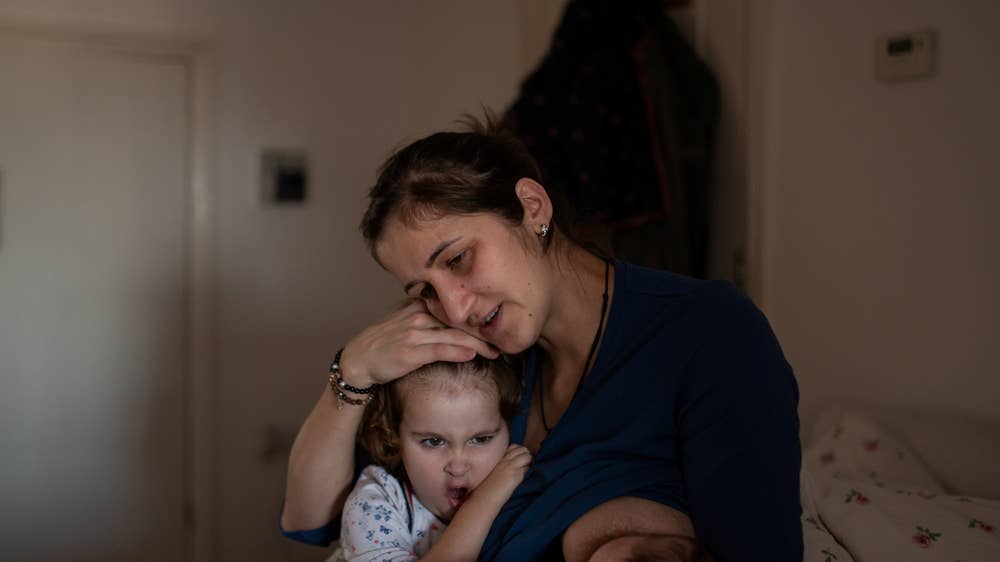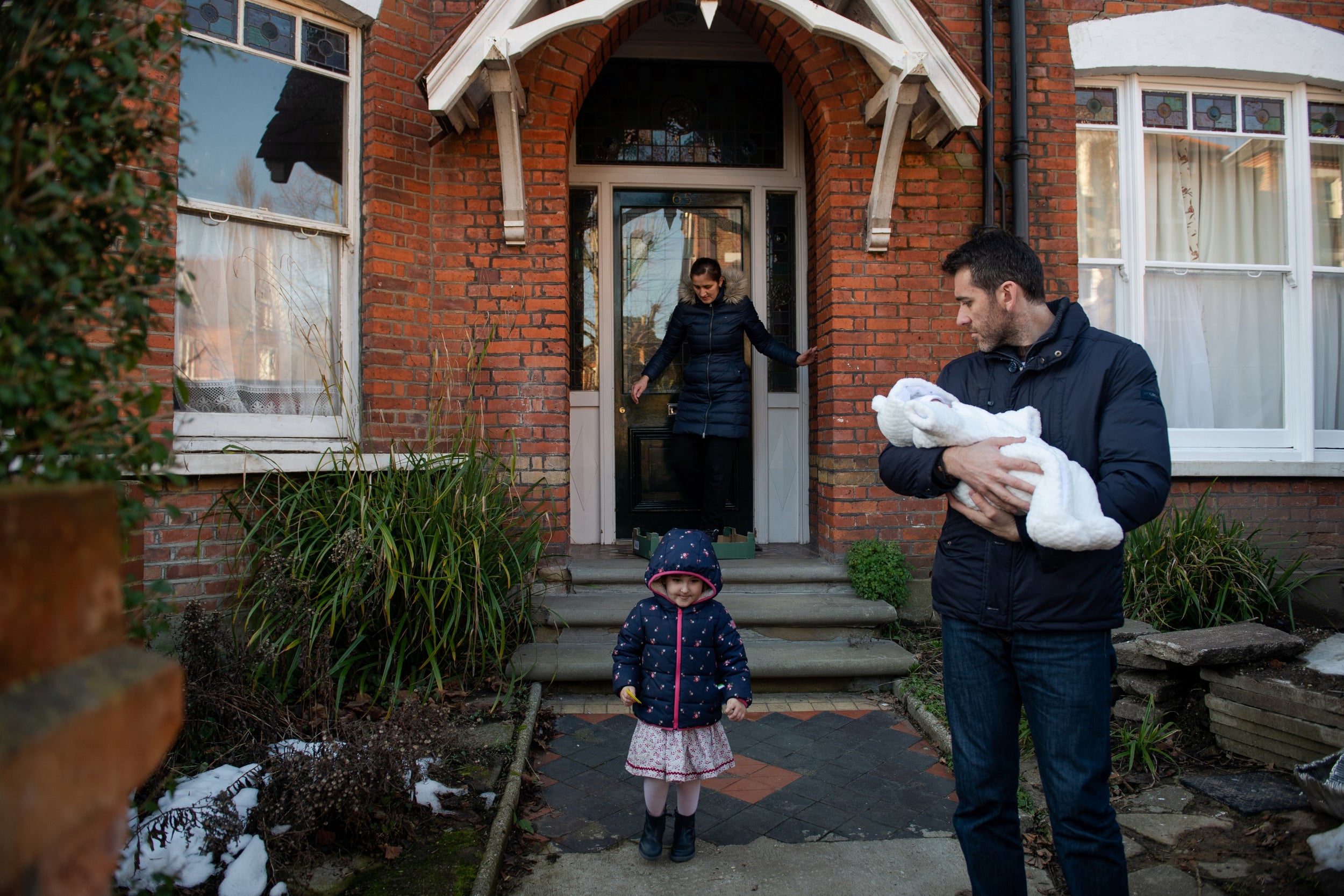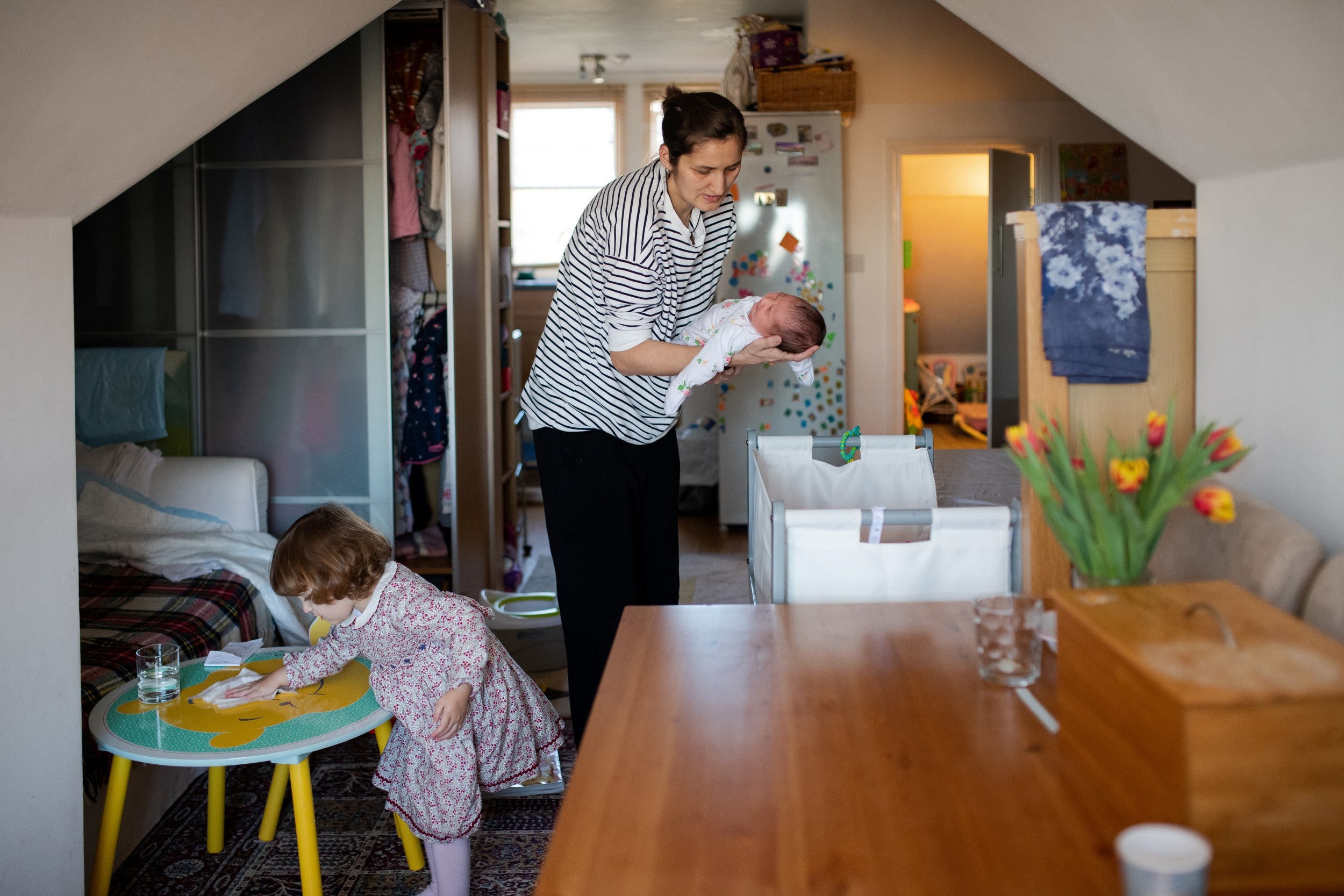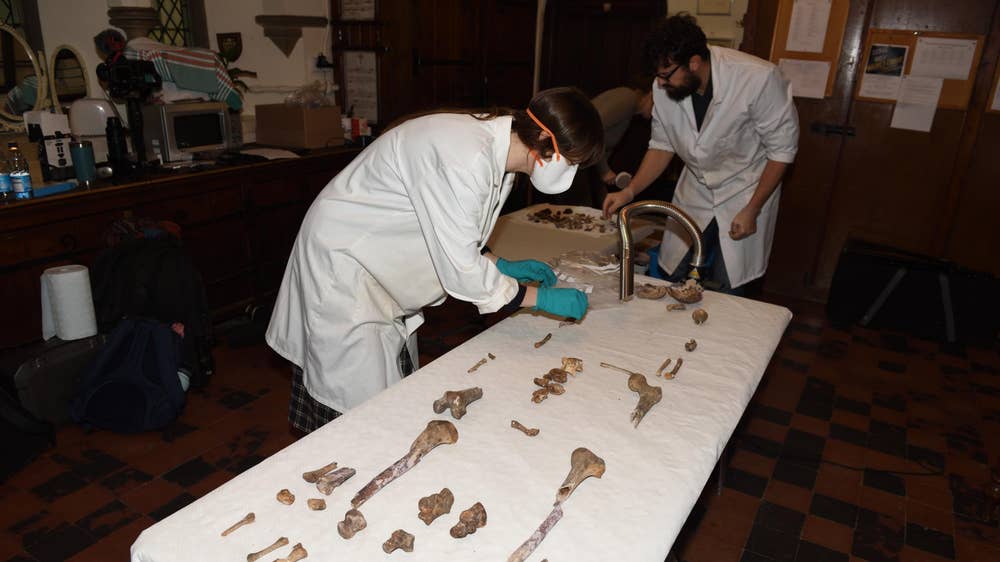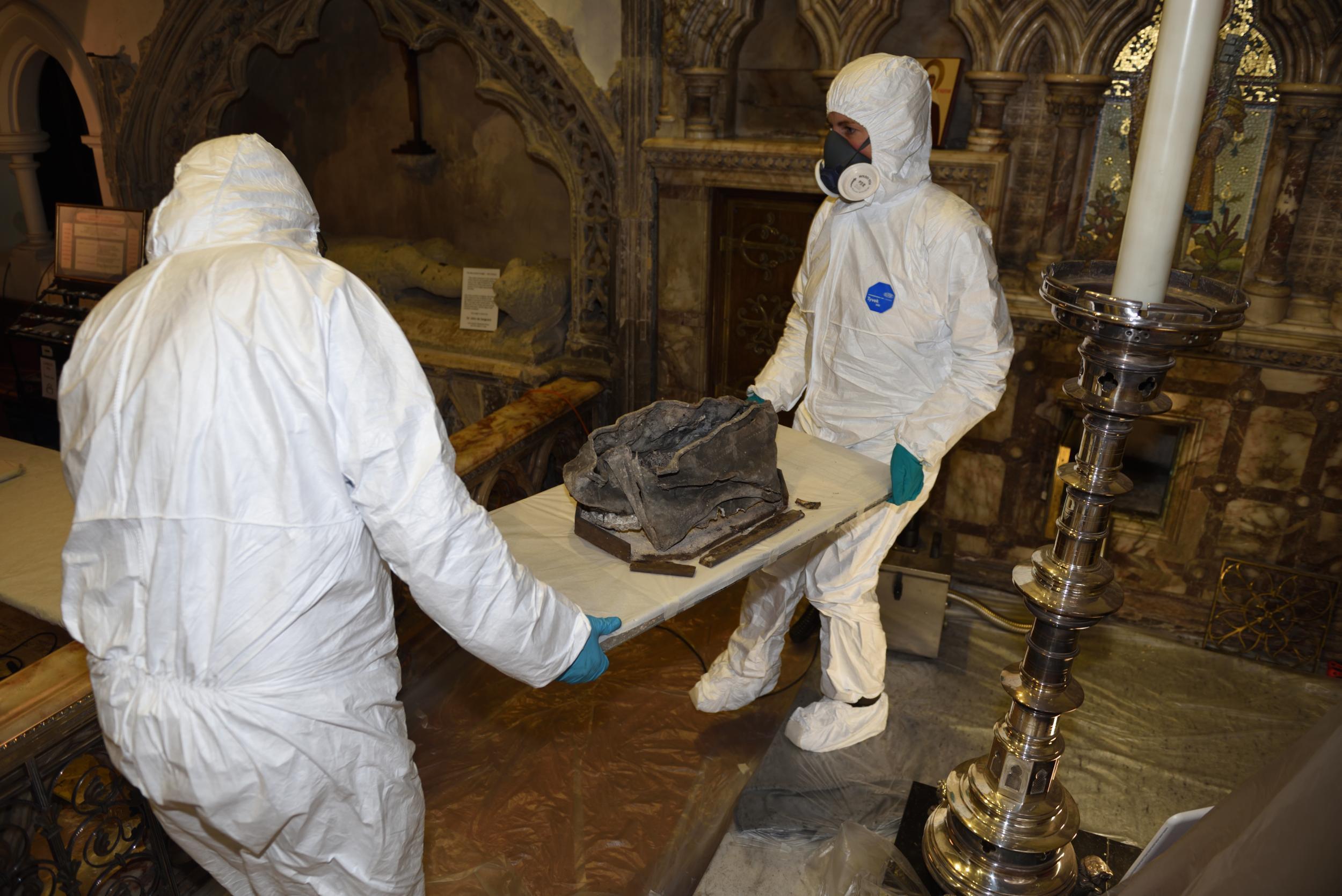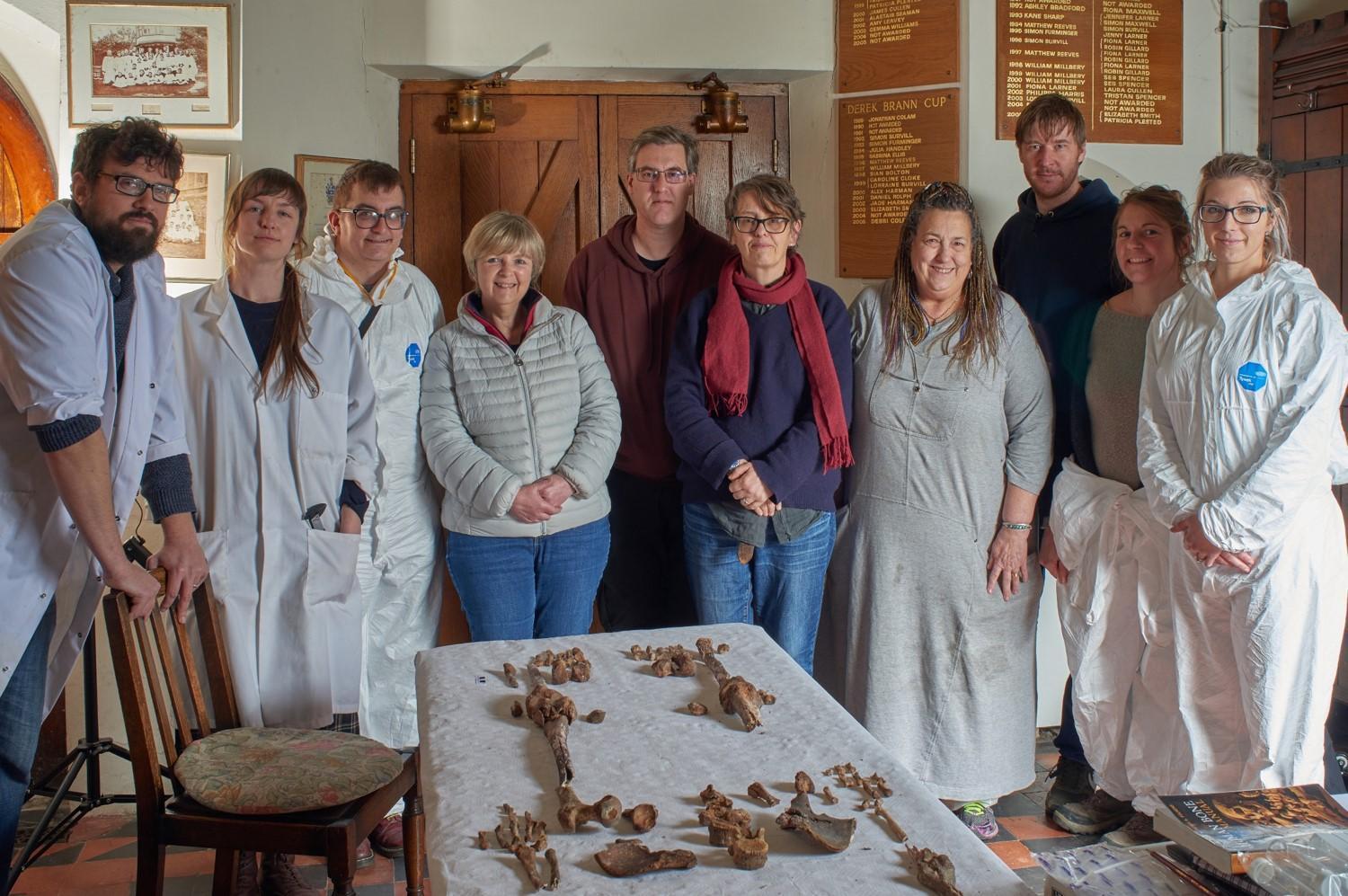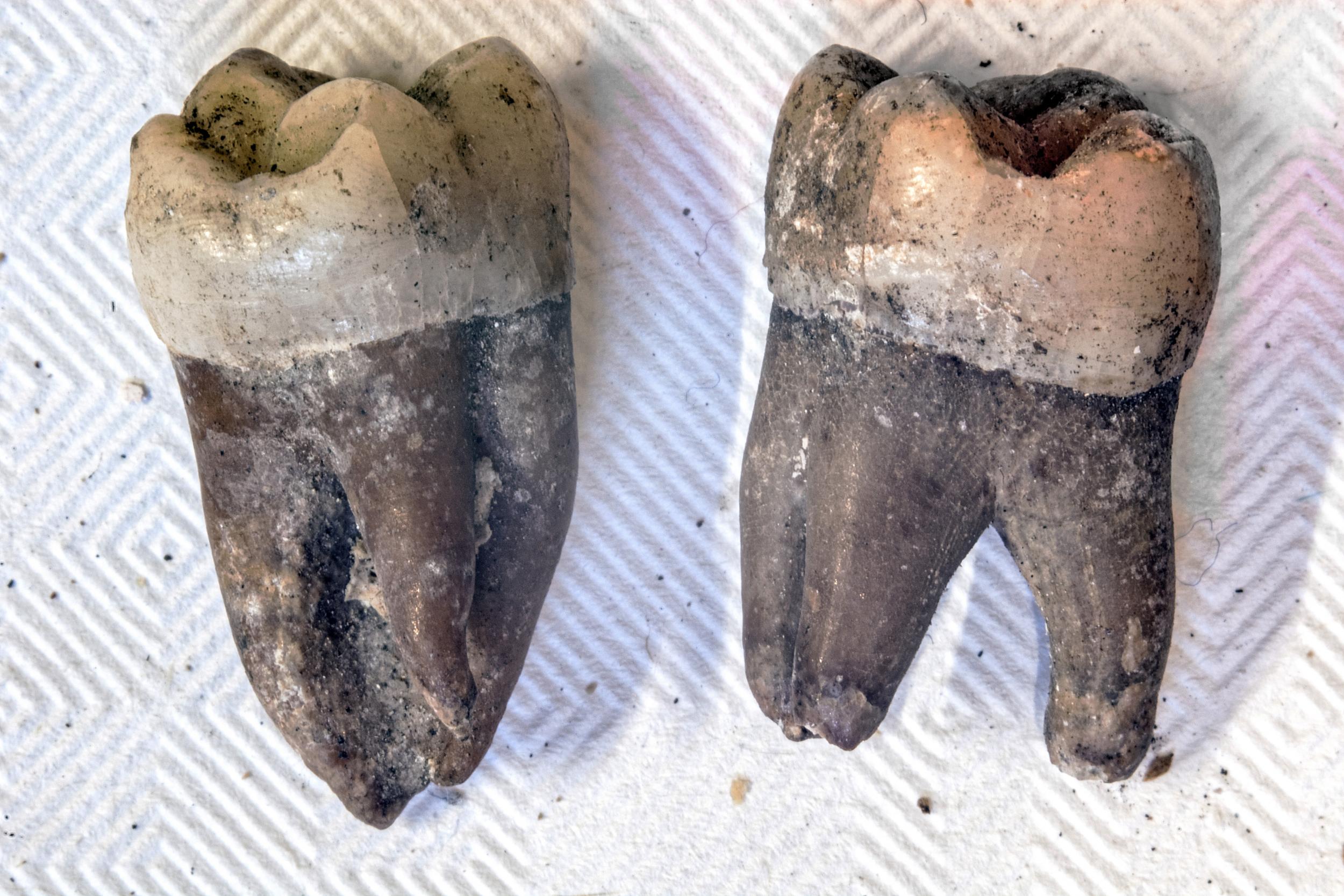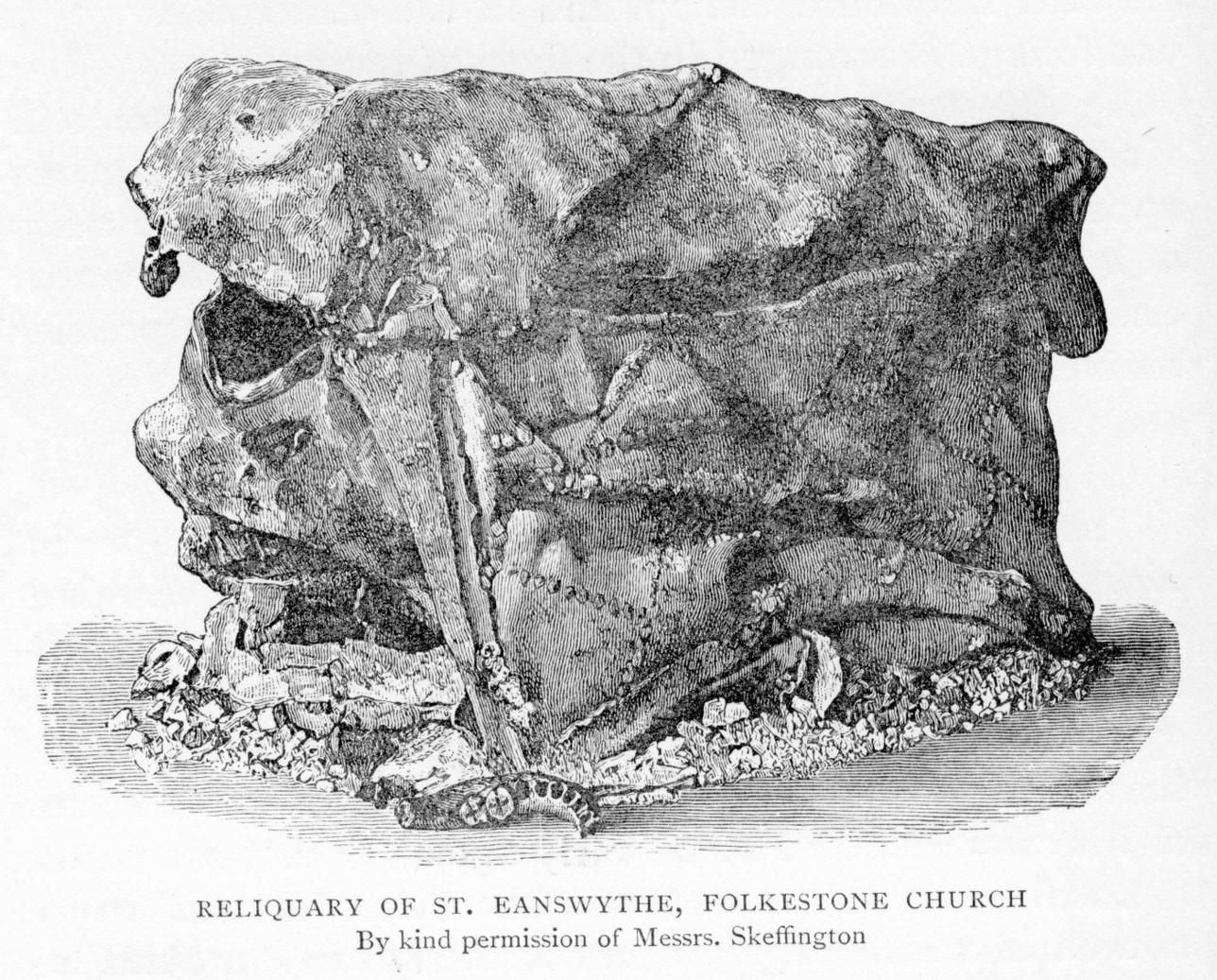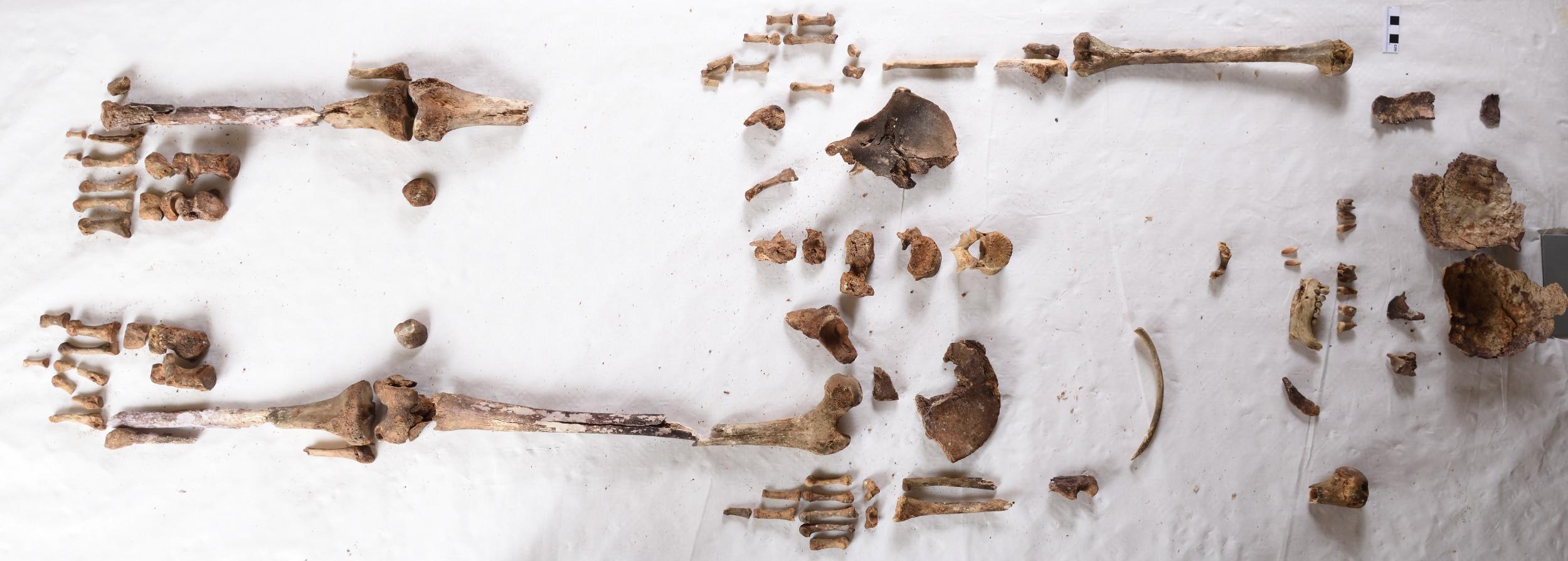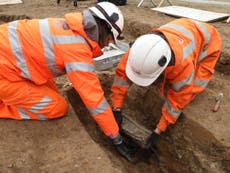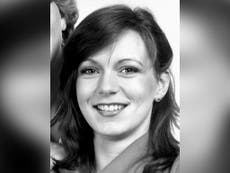Officials vote to keep Wright architecture school open

File - This Sept. 25, 2016, file photo, shows Taliesin in Spring Green, Wisconsin that famed architect Frank Lloyd Wright designed and lived in. The architecture school that architect Frank Lloyd Wright started nearly 90 years ago is closing. School officials announced Tuesday, Jan. 28, 2020, that the School of Architecture at Taliesin, which encompasses Wright properties in Wisconsin and Arizona, will shutter in June. (AP Photo/Beth J. Harpaz, File)
MADISON, Wis. (AP) — The school that architect Frank Lloyd Wright started nearly 90 years ago may stay open after all.
The board of the School of Architecture at Taliesin announced in January that the school would close in June because the board and the Frank Lloyd Wright Foundation, the school’s biggest financial supporter, had failed to come up with a way to keep the school open. The foundation said then that the school lacked a sustainable business model.
The Wisconsin State Journal reports the board voted Thursday to keep the school open in light of new funding.
The decision to remain open is still subject to approval by the Frank Lloyd Wright Foundation. The foundation issued a statement on Friday saying it has little information about the new funding sources.
The school has campuses in Wisconsin and Arizona.
Board Chairman Dan Schweiker said new supporters have come forward. Qingyun Ma, former dean of the University of Southern California’s architecture school and now affiliated with two Chinese universities, has committed to sending six new students in August and up to 12 new students in 2021 to the School of Architecture at Taliesin, moves that will generate significant tuition revenue, Schweiker said.
Until Wright’s death in 1959 at age 91, Taliesin West in Scottsdale, Arizona, was the famed architect’s winter home and laboratory. The original Taliesin, Wright’s primary home in Spring Green, Wisconsin, was named after a 6th century Welsh bard whose name means “shining brow.”

In this photo taken Nov. 23, 2018, is Frank Lloyd Wright's Taliesin West in Scottsdale, Ariz. The architecture school that architect Frank Lloyd Wright started nearly 90 years ago is closing. School officials announced Tuesday, Jan. 28, 2020, that the School of Architecture at Taliesin, which encompasses Wright properties in Wisconsin and Arizona, will shutter in June. (AP Photo/Frank Eltman)
File - This Sept. 24, 2017, file photo, shows the drafting room at Taliesin West in Scottsdale, Ariz., the winter home of architect Frank Lloyd Wright and the architecture school he founded. The architecture school that architect Frank Lloyd Wright started nearly 90 years ago is closing. School officials announced Tuesday, Jan. 28, 2020, that the School of Architecture at Taliesin, which encompasses Wright properties in Wisconsin and Arizona, will shutter in June. (AP Photo/Anita Snow, File)

File - In this Feb. 22, 2014, file photo, students in the Frank Lloyd Wright School of Architecture, from left; Carl Kohut, Garth Lindquist, Soham Shah and Connor Bingham work on restoring the "Lotus Shelter" that was built in 1963 by Valley architect Kamal Amin, at Taliesin West in Scottsdale, Ariz. The architecture school that architect Frank Lloyd Wright started nearly 90 years ago is closing. School officials announced Tuesday, Jan. 28, 2020, that the School of Architecture at Taliesin, which encompasses Wright properties in Wisconsin and Arizona, will shutter in June. (David Wallace/The Arizona Republic via AP, File)



























